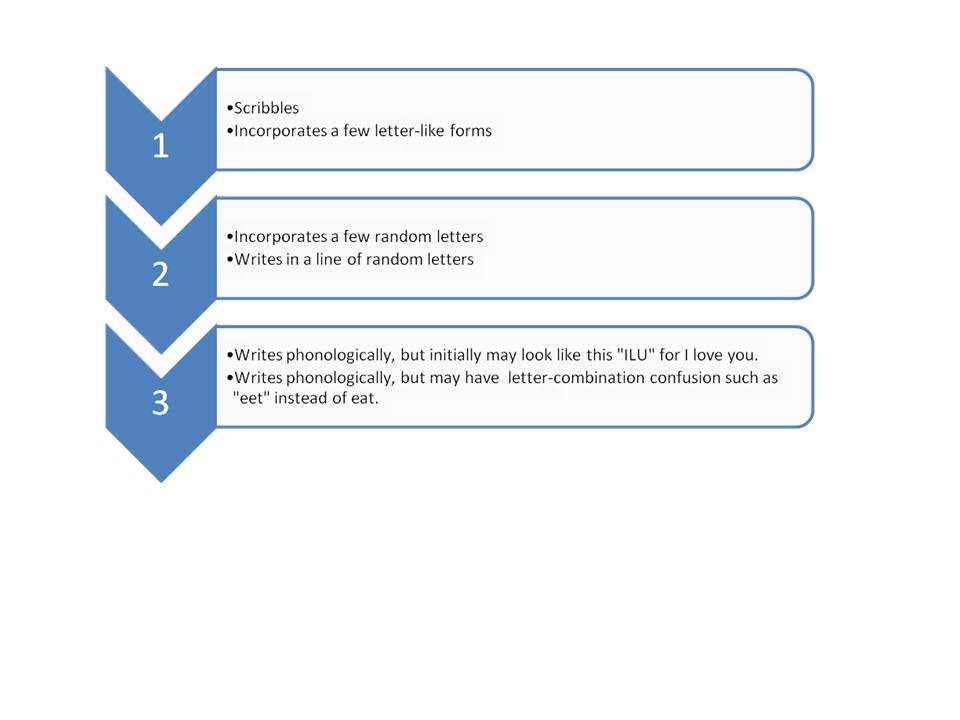In order for your child to learn math skills you will need to incorporate A LOT of hands-on practice and be ready to “play” hands-on games over and over again. The goal is to master 1) hands-on concepts (such as counting blocks) before moving onto 2) symbolic (counting pictures on a paper) and then 3) abstract (visualizing “three” when looking at 3 objects). I can’t even begin to tell you how much research has been conducted on these 3 steps to introducing a new skill to children. So, don’t get ahead of yourself trying to keep up with the Little Einstein’s.
So today’s activity is another hands-on activity for you to begin to introduce a number set of 5-10, in parts. This is an age-old game that I play with my friend’s kids making sure to ask them a lot of deductive reasoning questions while playing with them.
Here it is:
Math Story Activity
And here is a “work mat” if you want to just print one out….they are easy to make. Make your page orientation landscape and insert clip art and blow up. You could always print it onto cardstock and place it in a sheet protector so it will last longer 🙂
Park Work Mat

